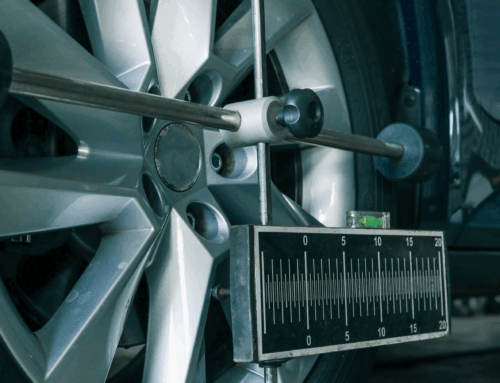Buying a car used to follow a formula. After deciding it was time to get a new car, the customer would visit a few dealerships, speak with the salesperson, and take a test drive. But today, with the introduction of new technology, the formula has changed.
And not just for the customer, but for the salesperson too. The days of advertising your car dealership with sign twirlers are gone. For the most part, at least.
Customers are more informed
With a range of information about car options online, many customers have done much of their “shopping” online before heading out to a dealership. Whether it’s consumer safety reports or reviews from other buyers, it’s all available online. Now, customers only visit an average of 1.9 dealerships before making a purchase. So, it’s the dealership’s responsibility to make sure they make the cut.
Customers only visit 1.9 car dealerships on average before making a purchase.
It’s now even possible to receive pre-approval for an auto loan after filling out a short application online. And this all happens before even stepping foot onto the dealership’s property.
With all of this information readily available online, it’s more important than ever for salespeople to be transparent and honest with customers. Concealment or stretching the truth will only lead to loss of business or negative social status.
Dealerships have had to adapt
With the number of dealerships customers are visiting on the decline, it’s never been more important to make use of the web to advertise your dealership’s offerings. So, a top-notch website is a must.
What does that look like? Well, engaging and high-quality images of the vehicles are important. The website has to be organized and easy to navigate, so that potential customers can sift through a dealership’s offerings without any issues. And the transition from the website to the showroom should be seamless. In other words, if someone comes in looking for a particular car they saw on a dealership’s website, the salesperson should be able to take them right to it.
For instance, AutoNation, the largest automotive retail chain in the US, introduced a retail website where customers can pick out their car from the available inventory online. Then, they’re provided with the car’s VIN and the dealership will hold it for up to 72 hours, giving the customer time to visit in person and test drive the car before finalizing the sale.
Aside from establishing an online presence, some auto dealerships are also incorporating more technology into their day-to-day operations. In order to ensure a seamless transition from website to showroom, for instance, salespeople at Sonic’s dealerships carry iPads so that they can easily look up data and start finalizing the sale.
Some auto dealerships are working to incorporate technology into their day-to-day operations more, with the use of iPads and a larger online presence.
A cause for concern?
Technology is not just affecting how people buy and sell cars, but also the vehicles themselves. Because of this, the future of car dealerships has been debated online in the past few years.
A May 2017 study from RethinkX, an independent think-tank in San Francisco, found that in the next seven years a higher demand for electric cars and ridesharing will eventually eliminate the need for dealerships altogether.
But the report has come at a time when auto sales in Canada are booming, and employment at dealerships is rising. Dealership jobs surpassed 150,000 during the first quarter of 2017. Doug Heeney, fleet sales manager at Campbell Ford in Ottawa, told CBC that the business has never been better, and while he believes electric cars will play a big part in the auto industry, he doesn’t think they’ll take over entirely, especially in Canada.
Staying ahead of the curve
Auto dealerships aren’t the only industry working to incorporate modern technology into their practices to keep up with their customers. But it’s equally important for car dealers to use new technology in order to reach a larger audience and stay up-to-date with the ever-changing customer’s journey.
This blog is provided for information only and is not a substitute for professional advice. We make no representations or warranties regarding the accuracy or completeness of the information and will not be responsible for any loss arising out of reliance on the information.







